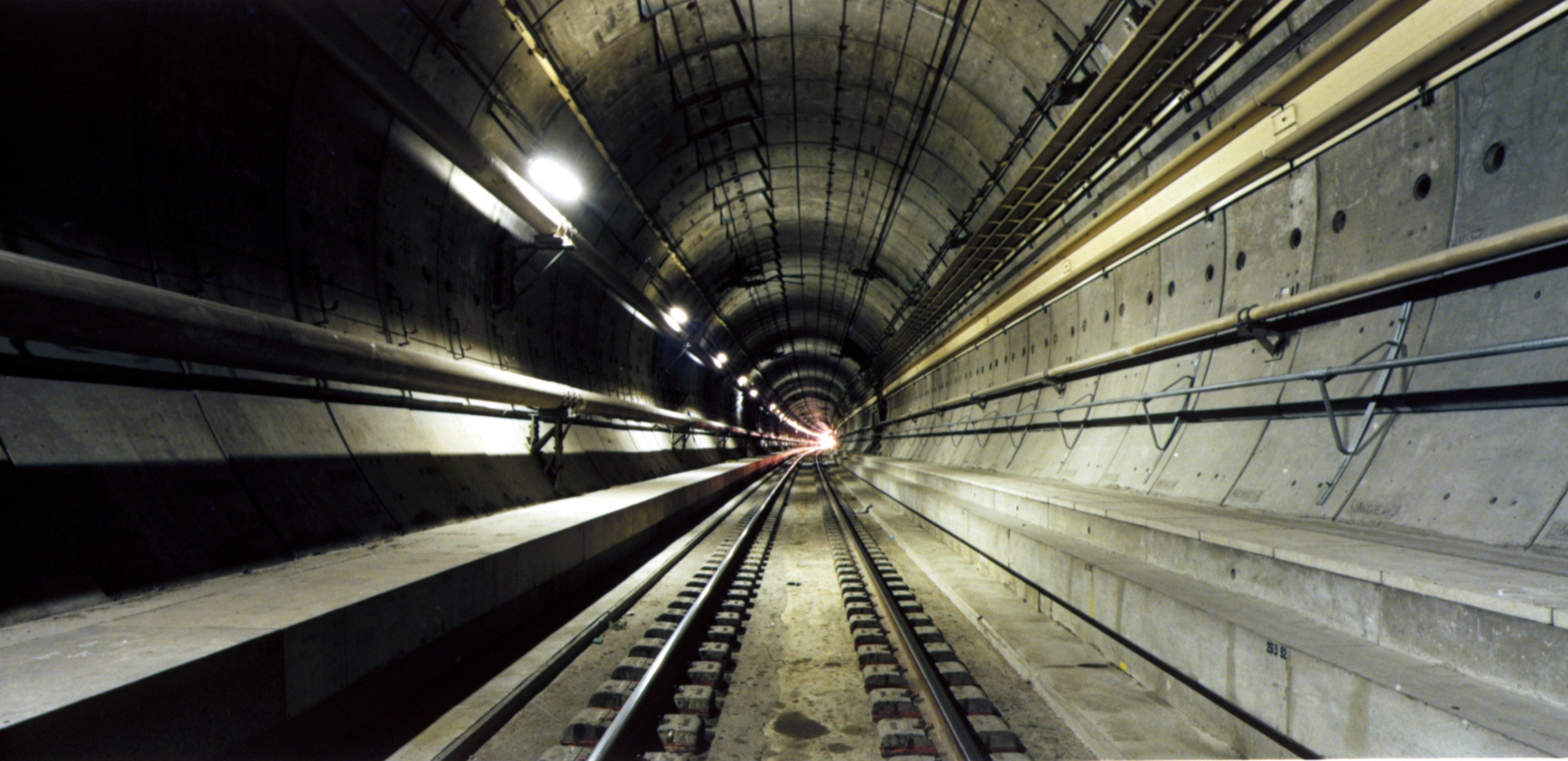
Does the tunnel leak? The answer may surprise you
The answer to this may surprise you. The tunnel does leak, but it is designed to. Seawater from the rocks above the tunnel drips through and is then pumped away. The water is a mixture of groundwater and seawater, collected at six drainage stations and is continuously monitored to protect the enormous pumps and pipes from corrosion and to make sure that water discharged to the sea is not environmentally harmful.
In the UK there are two major pumping stations positioned at 14km and 25km into the tunnel. Each station has four 3.3KV pumps, each capable of moving 1000 m3 of water per hour. If just three of the pumps were running, they would fill an Olympic size pool in less than an hour.
There are pits for the water to drain into, meaning you will occasionally see wet patches in the tunnel. This is completely natural and nothing to worry about.
The safer way to France and beyond
Book a trip with LeShuttle to travel safely from Folkestone, UK to Calais, France in just 35 minutes.